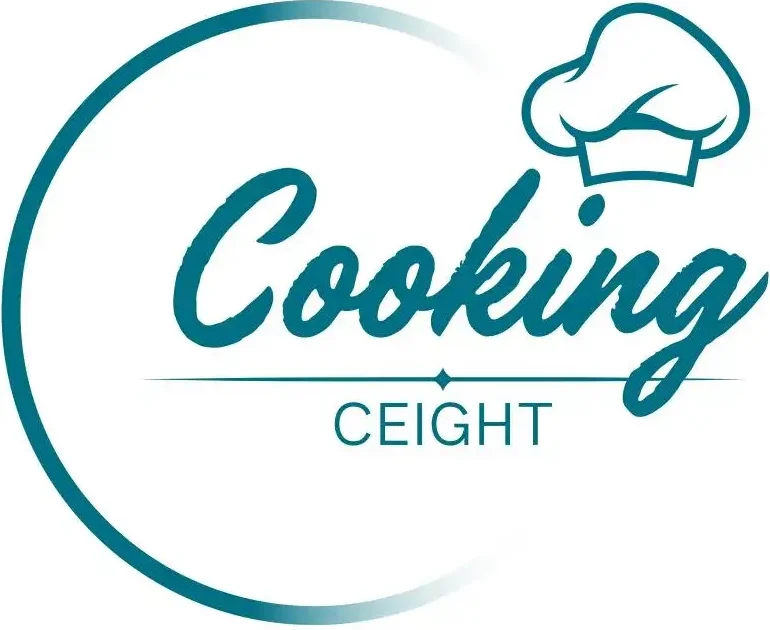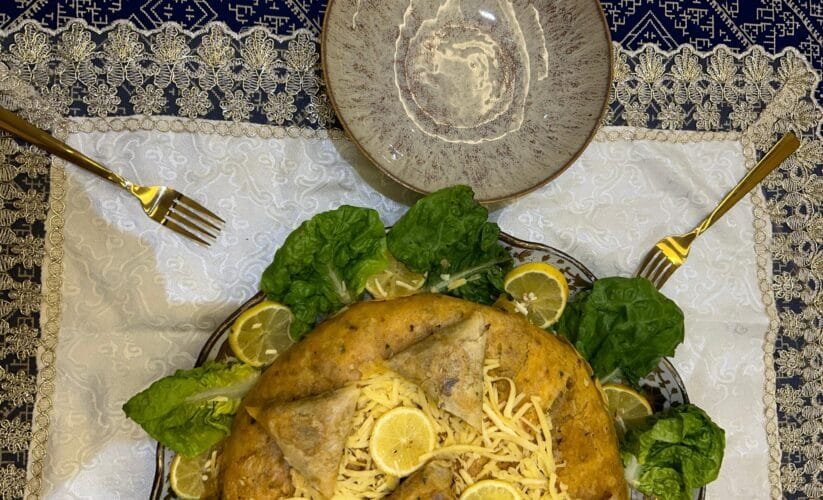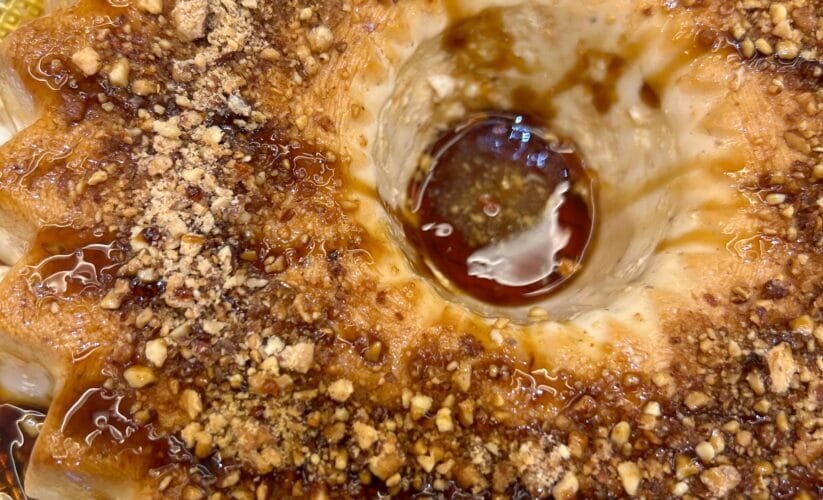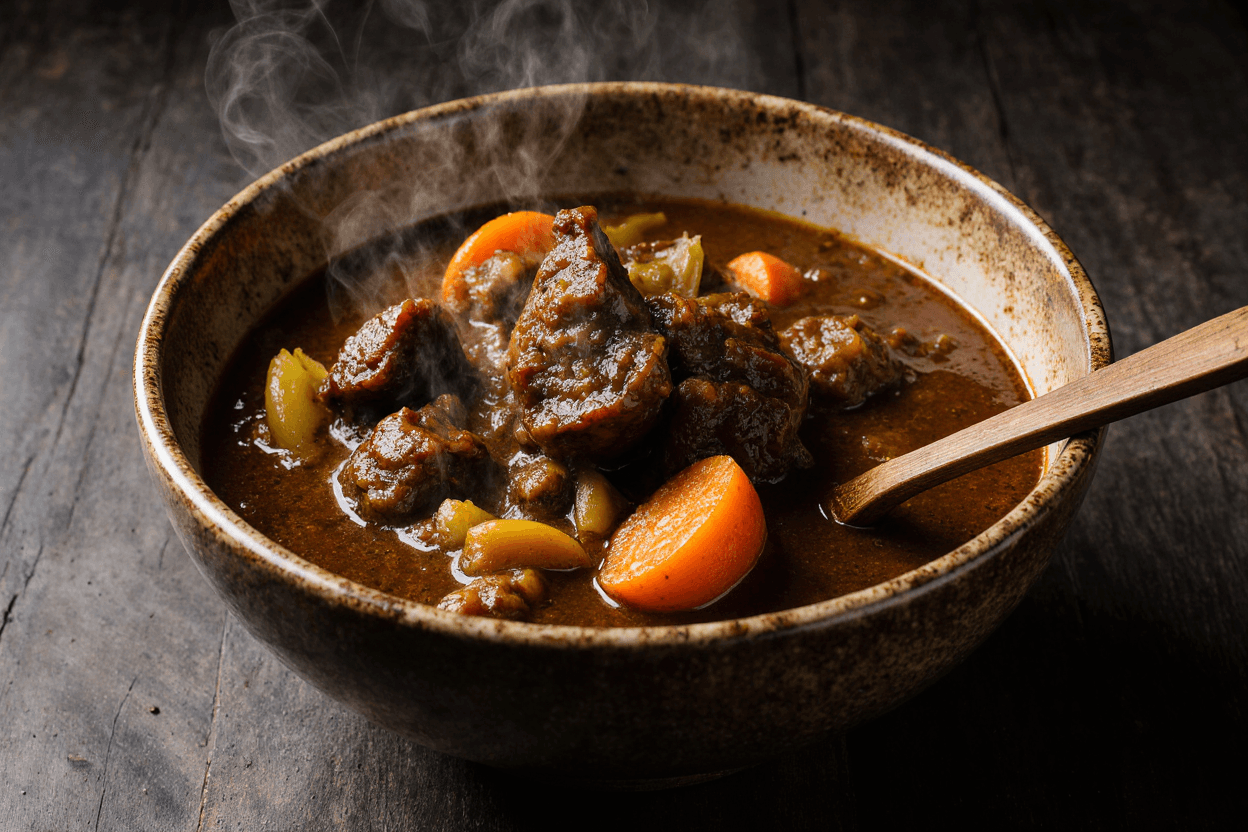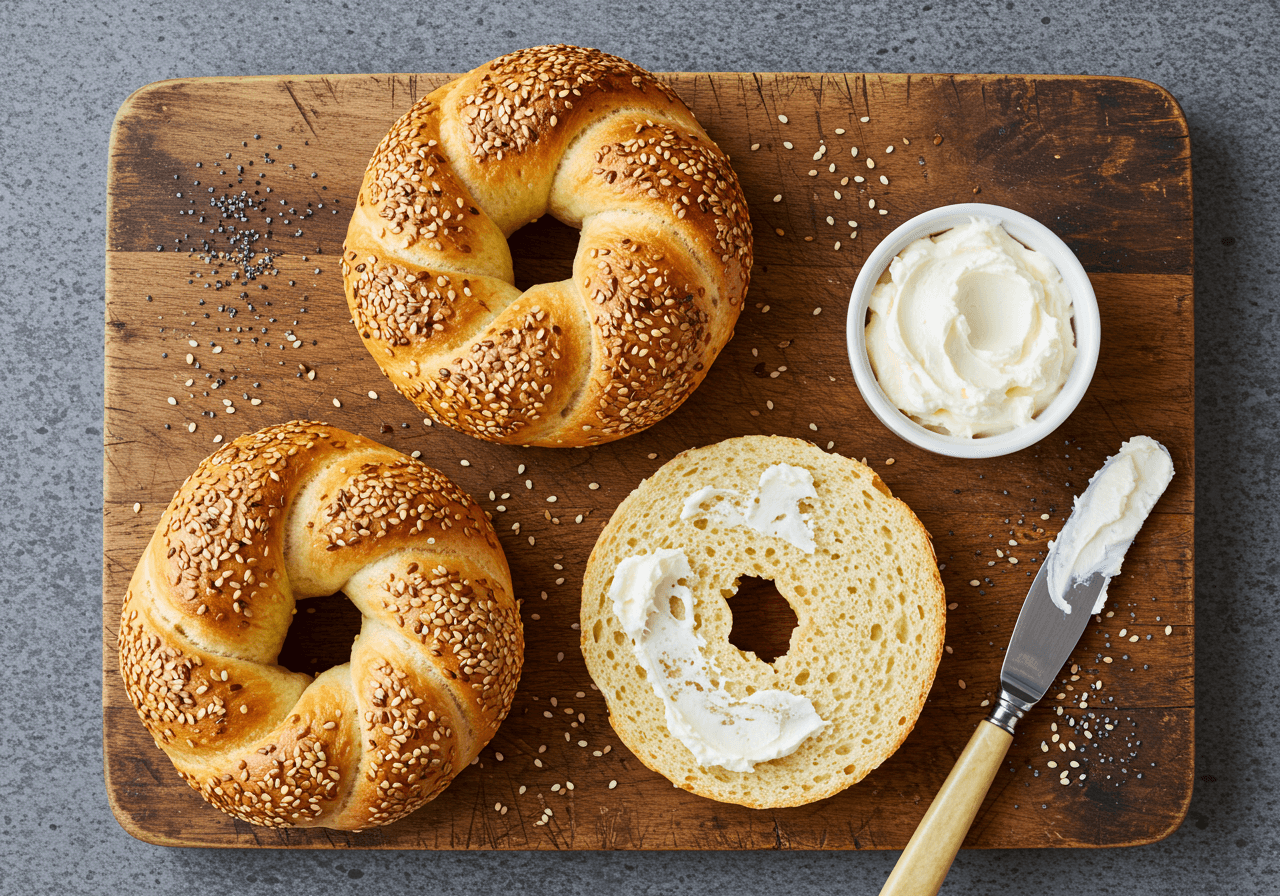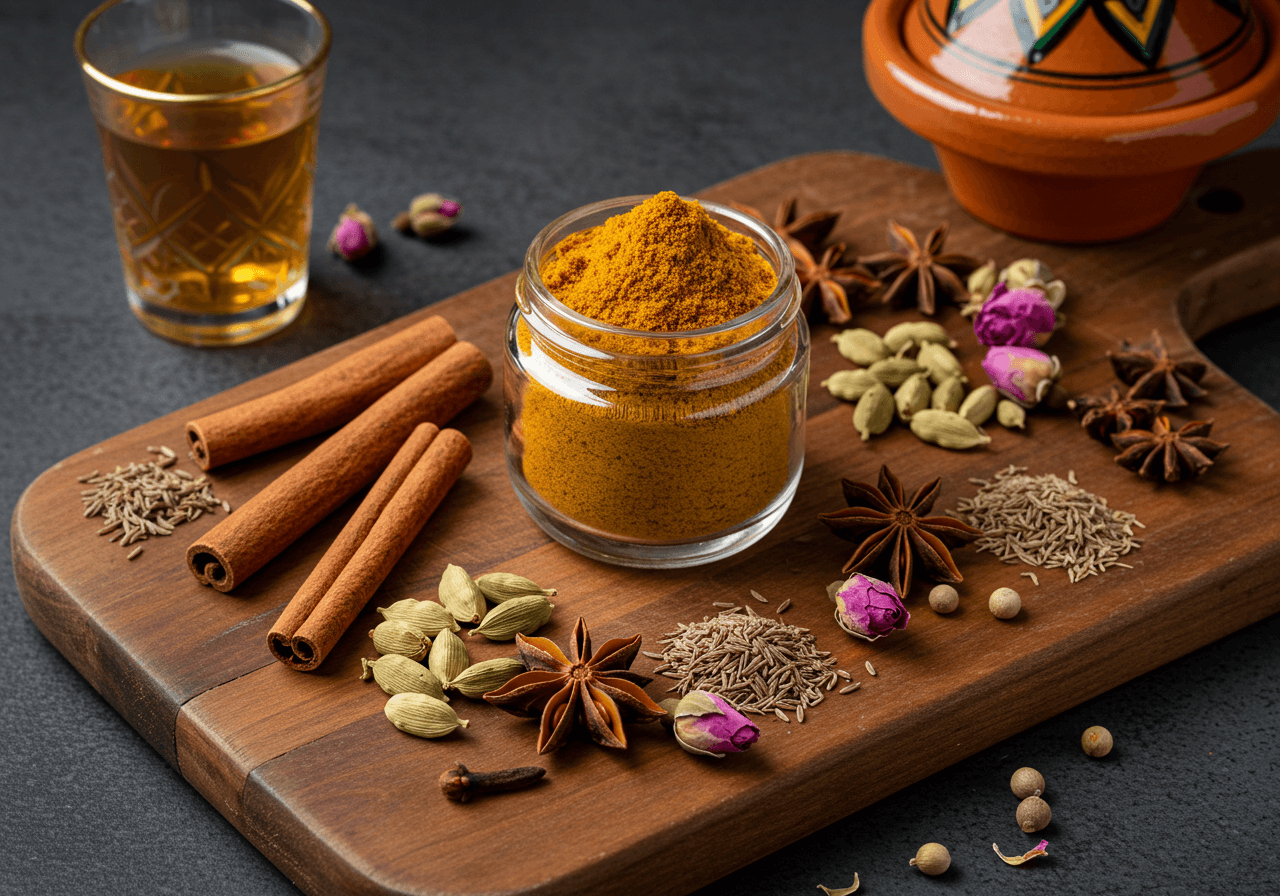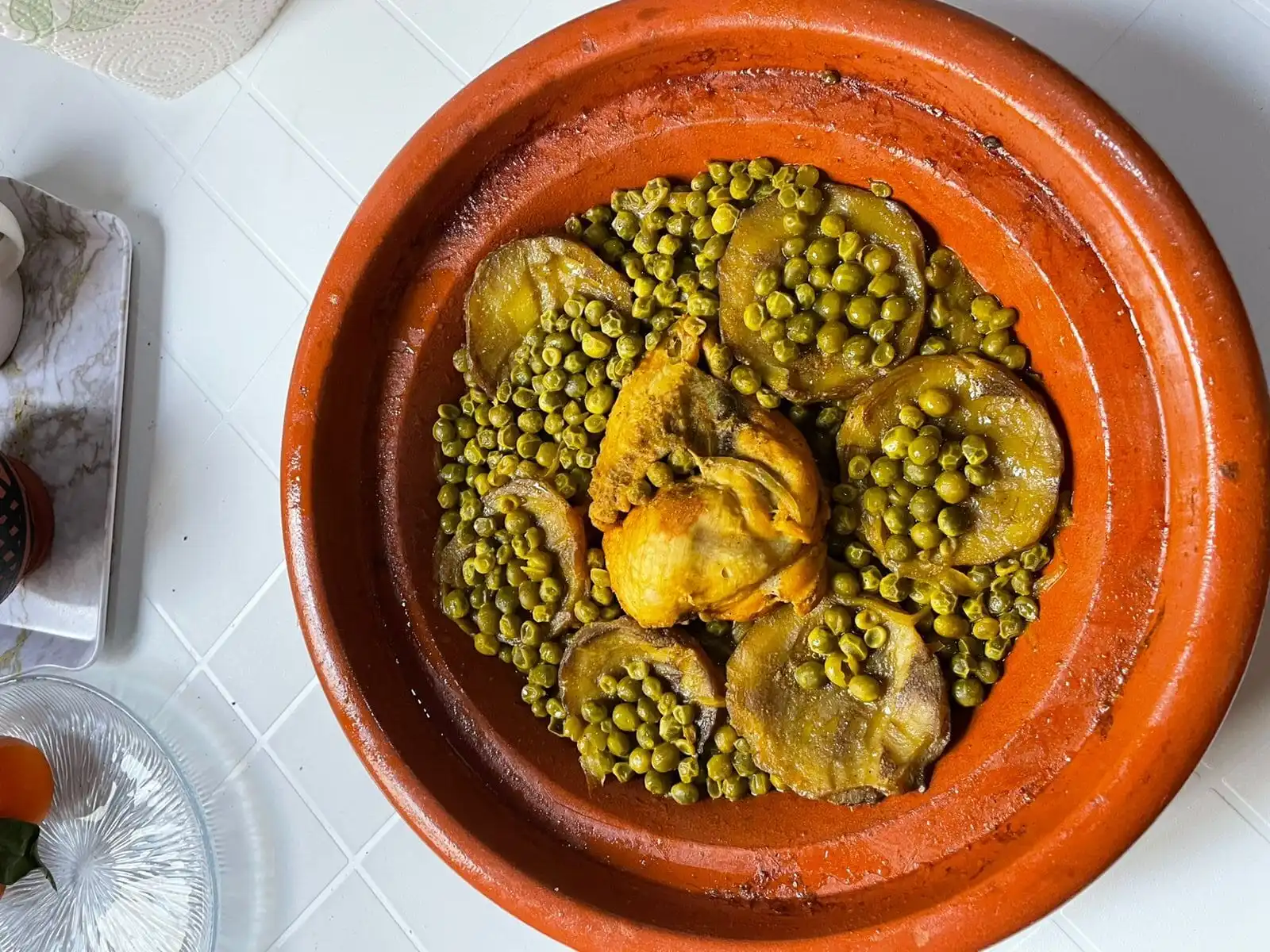Savor the Magic of Moroccan Couscous: A Beginner’s 7-Step Guide to Authentic North African Flavors

Introduction
Imagine sitting at a bustling Moroccan market, the air fragrant with saffron, cumin, and slow-cooked stews simmering in clay pots. At the center of it all? A steaming plate of Moroccan couscous, fluffy and golden, piled high with tender vegetables, succulent meats, and a sprinkle of raisins for sweetness. This iconic dish isn’t just food—it’s a celebration of community, tradition, and flavor. If you’re new to Moroccan cuisine, you’re in for a treat. In this guide, we’ll unravel the secrets of couscous, explore its cultural roots, and show you how to recreate this North African staple in your own kitchen. Let’s dive in!
Table of Contents
1. What Is Moroccan Couscous?
Contrary to popular belief, couscous isn’t a grain—it’s tiny balls of semolina wheat, steamed to perfection. Think of it as the pasta you never knew you needed. Here’s what makes it special:
- Texture: Light, fluffy, and slightly nutty.
- Versatility: Served sweet, savory, or spicy.
- Cultural Significance: UNESCO recognizes couscous as an Intangible Cultural Heritage shared across North Africa.
Pro Tip: Authentic Moroccan couscous uses a couscoussier (a double-boiler pot) for steaming, but a regular pot works too!

2. The History Behind the Dish
Couscous dates back to the Berber tribes of Morocco over 1,000 years ago. Traditionally, it’s prepared on Fridays (a holy day in Islam) and served communally. Fun fact: The word “couscous” comes from the Berber term “k’seksu,” meaning “well-rolled.”
3. How to Make Moroccan Couscous: A Step-by-Step Guide
a. Ingredients You’ll Need
- For the couscous:
- 2 cups medium-grain couscous
- 3 cups vegetable or chicken broth
- 1 tbsp butter or olive oil
- For the stew (tfaya):
- 1 lb lamb or chicken (or chickpeas for a vegan twist)
- 2 onions, caramelized
- Spices: Cumin, turmeric, cinnamon, and saffron
- Seasonal veggies: Carrots, zucchini, and squash
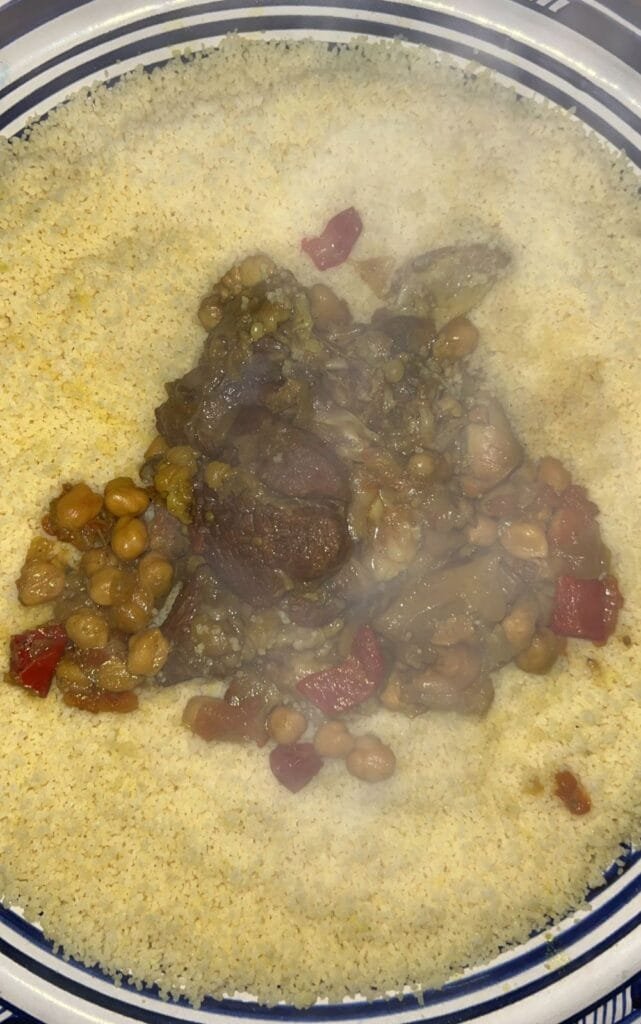
b. Cooking Method
- Steam the couscous: Fluff it with a fork to prevent clumping.
- Slow-cook the stew: Simmer meat and veggies with spices until tender.
- Assemble: Pile couscous on a platter, top with stew, and garnish with toasted almonds or herbs.
Beginner Hack: Use store-bought Moroccan spice blends like Ras el Hanout to save time.
4. Pairing Moroccan Couscous with Classic Dishes
Expand your Moroccan food journey with these sides:
- Harira Soup: A hearty lentil and tomato soup.
- Zaalouk: Smoky eggplant and tomato dip.
- Mint Tea: Sweetened green tea poured dramatically from a height.
5. Common Mistakes to Avoid
- Overcooking the couscous: It should be tender, not mushy.
- Skipping the spices: Cumin and cinnamon are non-negotiable!
- Rushing the stew: Low-and-slow cooking builds depth.
FAQs
1. Is couscous gluten-free?
No—it’s made from semolina wheat. For a gluten-free alternative, try quinoa or cauliflower couscous.
2. What’s the difference between Moroccan and Israeli couscous?
Moroccan couscous is tiny and fluffy; Israeli (pearl) couscous is larger and chewier.
3. Can I make couscous in a rice cooker?
Absolutely! Use the “steam” setting and fluff it afterward.
4. What’s the best meat for Moroccan couscous?
Lamb is traditional, but chicken, beef, or chickpeas work beautifully.
5. How do I store leftovers?
Keep couscous and stew separately in airtight containers for up to 3 days.
6. Why is my couscous clumpy?
You might have added too much liquid. Fluff it with a fork while steaming.

Conclusion
Moroccan couscous is more than a meal—it’s a gateway to Morocco’s vibrant culture, where food is shared with love and stories are told over steaming platters. Whether you’re cooking for family or experimenting with new flavors, this dish promises a taste of North African magic. Ready to try it? Share your couscous creations with us in the comments, or explore our guide to Mastering Moroccan Spices next!
